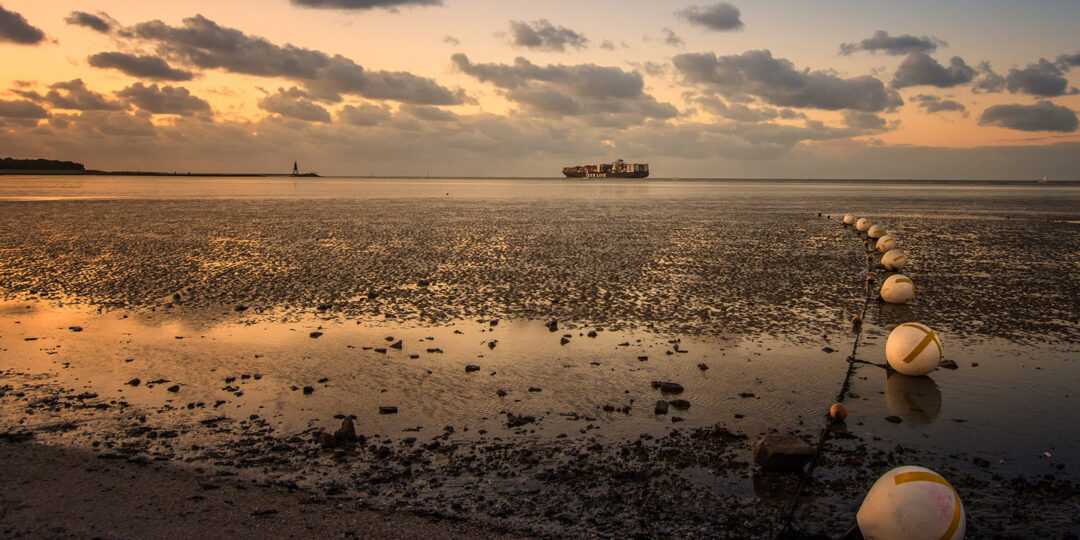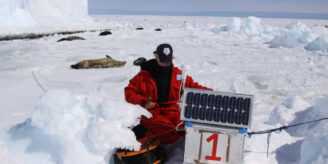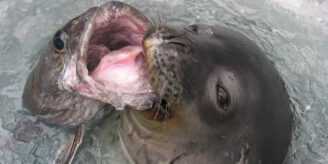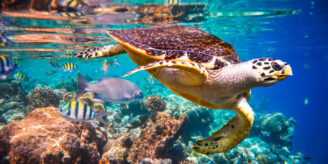From tooth fish to food webs, from molecular genetic tools to underwater acoustics: dive into our current research
Topics
Mud and the Matter of Seabed Access – Reflections on Sampling in Shallow Seas
For many of us, unless it is part of our everyday work, the seabed is probably a space we think little about. But the seabed, as the recent decision by Norway to undertake mining within its national waters revealed, is a space where accessibility and usage rights are contentious and political. This becomes even more profound when we start to ask about the seabed beyond national jurisdiction where there is a lack of clear ‘ownership’. To whom does the seabed belong?
Did you know?
Unicellular plankton covers a size range that is comparable to the size difference between a small fish and a city like Oldenburg.

Ice Melting Into Music
Close your eyes for a moment and listen to the space you are in. Maybe you hear colleagues talking in the hall, the purr of a hard disc spinning, rain hitting the window, or when in the field the humming of a research vessel’s engine, with the hint of breaking waves against your cabin window. The world around us is full of sound and we are often only partly aware of the important role it plays in the perception of our environment and the information we implicitly derive from it.
The Long and Winding Road Toward Protection of a Pristine Antarctic Ecosystem
The Strategic Plan for Biodiversity 2011-2020 of the Convention on Biological Diversity and the United Nations Sustainable Development Goal 14 provide for the designation of at least 10% of coastal and offshore marine areas as Marine Protected Areas (MPAs) worldwide by 2020.
Global Assessment on Biodiversity and Ecosystem Services
The IPBES 2019 Global Assessment Report on Biodiversity and Ecosystem Services is the new global synthesis of the state of nature, ecosystems and nature’s contributions to people since the Millennium Ecosystem Assessment published in 2005, and the first that is inter-governmental.



